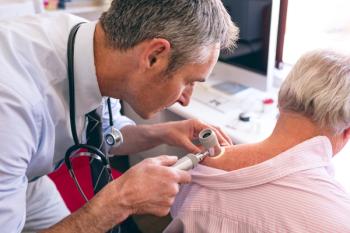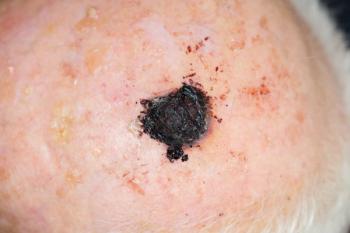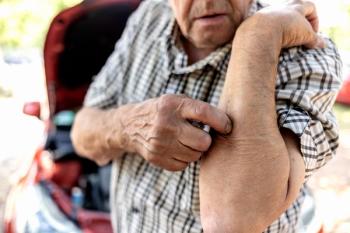
Insights From the ADORING 3 Study and Tapinarof’s Treatment-Free Periods in AD
Key Takeaways
- Tapinarof cream demonstrated efficacy in maintaining low disease activity in AD patients during treatment-free intervals.
- Patients achieving clear skin could remain treatment-free for an average of 80 days before symptoms returned.
Linda Stein Gold, MD, FAAD, discusses the late-breaking tapinarof cream data presented at AAD 2025.
“The idea of a treatment-free period is such that with the studies that we looked at with tapinarof and atopic dermatitis, we found that if you get patients with atopic dermatitis to completely clear skin, there was a durable treatment-free period of time, which was 80 consecutive days. So that means, on average, people could go 80 days without using any medication until their disease came back as mild or worse,” said Linda Stein Gold, MD, FAAD, in an interview with Dermatology Times at the 2025
Stein Gold, a board-certified dermatologist and director of dermatology clinical research at Henry Ford Health System in Detroit, Michigan, discussed
As a study investigator, Stein Gold reviewed how treatment for AD often involves multiple considerations, including achieving disease control, maintaining remission, addressing flare-ups, and treating sensitive areas. Given the multifaceted nature of AD management, compliance can be difficult even with a well-structured plan.
The ADORING 3 trial, a 48-week open-label, long-term extension study, assessed patients who achieved complete disease clearance (Validated Investigator Global Assessment for Atopic Dermatitis [vIGA-AD] = 0) after treatment with tapinarof. These patients discontinued treatment and were monitored for maintenance of disease control. Patients whose disease returned to mild or greater severity (vIGA-AD ≥ 2) were eligible for retreatment.
The primary objectives of the study included evaluating the duration of disease control in treatment-free intervals and assessing itch severity using the Eczema Area and Severity Index (EASI) and Peak Pruritus Numerical Rating Scale (PP-NRS).
Overall, following discontinuation of tapinarof cream, patients maintained low disease activity for a mean of 79.8 consecutive days. At the end of the treatment-free interval, researchers reported 84% of participants had a vIGA-AD score of 2 (mild disease), with a mean EASI score of 3.4 and a mean weekly PP-NRS score of 2.9, suggesting sustained symptom relief.
A key finding from the recent analysis suggests the potential for a treatment-free period in patients who achieve completely clear skin. According to Stein Gold, clinical trials demonstrated that once patients reached clear skin status, they experienced an average of 80 consecutive days without requiring additional treatment before their disease returned to at least a mild state. This durable treatment-free period represents a significant advancement, as it may reduce the burden of continuous medication use and improve adherence.
According to Stein Gold, the implications of these findings are particularly relevant for both dermatologists and patients. Traditionally, many AD therapies require ongoing use to maintain disease control, often leading to concerns about long-term safety, treatment fatigue, and adherence. The ability to extend the duration between treatments while maintaining disease control offers a promising shift in AD management. Tapinarof’s potential to provide prolonged remission periods could enhance patient satisfaction, minimize treatment complexity, and improve overall quality of life.
Stein Gold emphasized the importance of tailoring AD treatment to improve both clinical outcomes and patient adherence. As more data emerge on tapinarof’s efficacy and durability, its role in the long-term management of AD may continue to expand, offering the ability to reduce treatment burden while maintaining disease control.
References
- New analysis of Organon’s VTAMA (tapinarof) cream, 1% phase 3 data shows atopic dermatitis disease activity remained low after treatment-free interval in adults and children 2 years of age and older. News release. Organon. March 8, 2025. Accessed March 8, 2025.
- Tapinarof cream 1% once daily: Maintenance of low disease activity including pruritus through end of the treatment-free interval in a long-term extension trial in patients down to 2 years of age with atopic dermatitis. Poster presented at the 2025 American Academy of Dermatology Annual Meeting. March 7-11, 2025. Orlando, FL.
Newsletter
Like what you’re reading? Subscribe to Dermatology Times for weekly updates on therapies, innovations, and real-world practice tips.


















